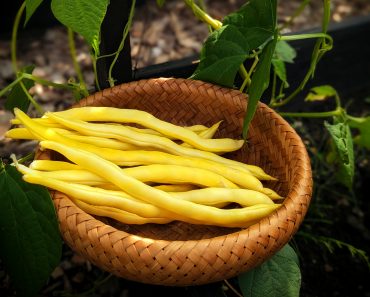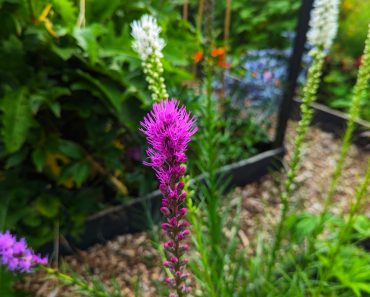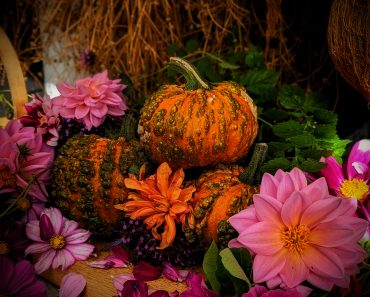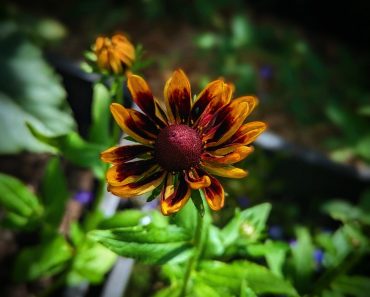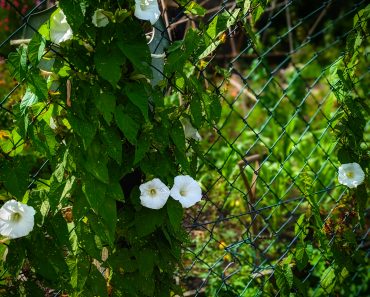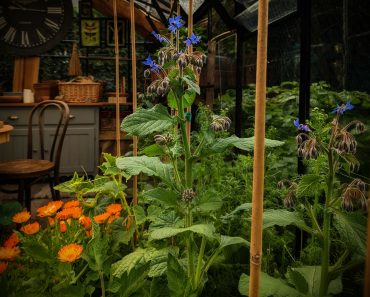Salvia Viridis is a vigorous, easy to grow Annual herb plant that fills beds with long spires of Violet Blue, Pink or white. Loved by gardeners all around the world, perfect for beds, borders or containers! Read on to see how I grow mine and why you should be growing it too…
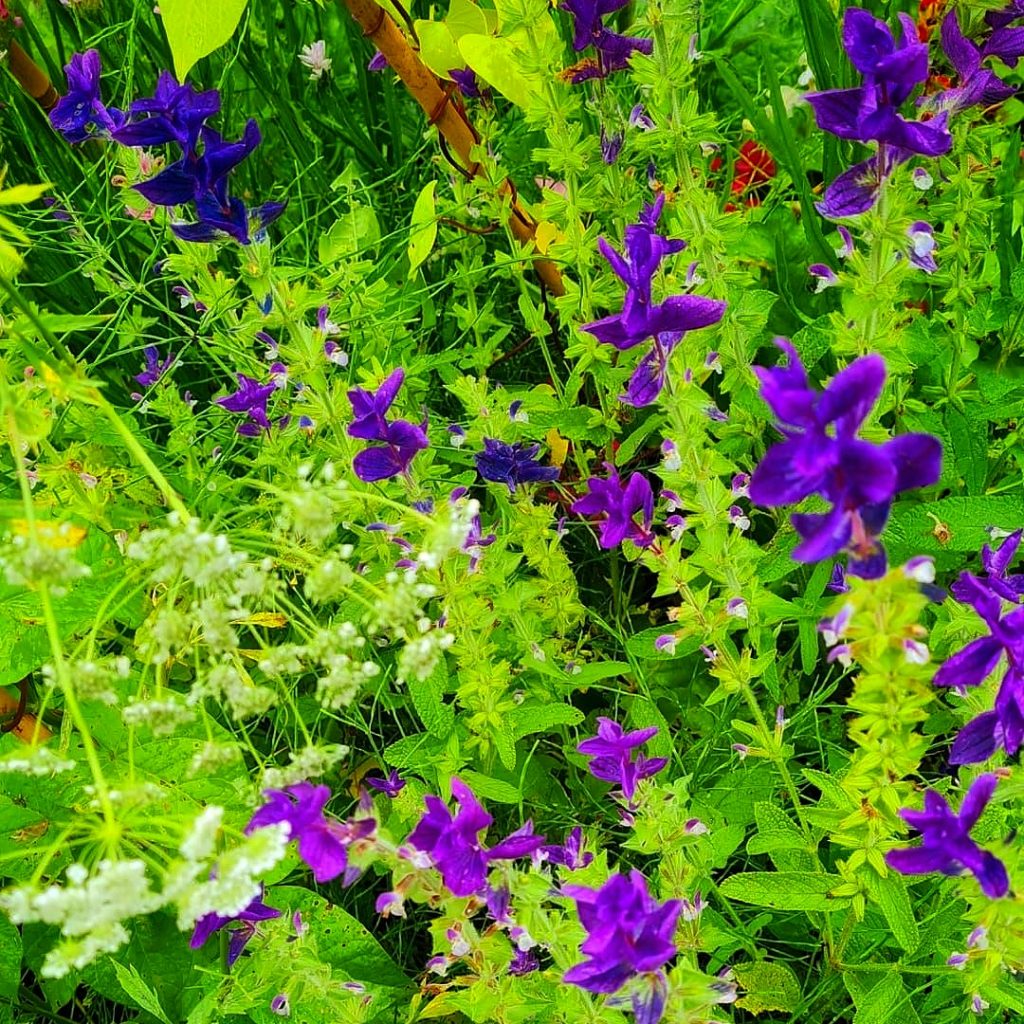
This Post May Contain Affiliate links please see my disclosure policy
About Salvia Viridis
Salvia Viridis is a hardy annual, native to an area extending from the Mediterranean to the Crimea and into Iran. The Salvia Species as a whole contains both annual and perennial Varieties, many of which come from California and tropical America.
Other Names For Salvia Viridis
Salvia viridis has many names! Also known as Salvia horminum, Painted Sage, Blue Clary Sage, Bluebeard and Joseph Sage.
Salvia Viridis Characteristics
Salvia Viridis is a good example of a Cottage garden flower, a whimsical and floaty foliage with a romantic feel! Leaves may be Violet Blue, White or Pink are elongated and have distinctive veining. The plant can grow as tall as 60 cm in the right conditions and has an exceptionally long flowering period, showing its colours between May and August.
10 Reasons To Grow Salvia Viridis
1. A Spectacular Head Turner- Those vibrant Violet Blue leaves really do draw the Eye!
2. Provides a welcome vertical accent to borders, beds and pots
3. Vigorous growers reaching maturity in no time!
4. Able to thrive in a full sun position or part shade
5. Perfect for Growing In Pots
6. Relatively Disease and pest free
7. Beacons for Butterflies and Bees-they love them! A wonderful addition to a vegetable garden to attract lots of pollinators!
8. Makes a wonderful Cut flower for colourful floral arrangements
9. A very Hardy Plant, able to withstand cold conditions
10. It has wonderful Medicinal Properties-more on that below…
An Everlasting Flower!
Want to hear something wonderful about Salvia Viridis? It makes a wonderful dried flower! And unlike many other flowers it will maintain its colour even when dried! Giving your home a pop of colour the whole year through!
How To dry Salvia Viridis -Harvest Salvia bracts when they are fully coloured and have stiffened a little. Bundle them in small groups and hang them to dry in a well ventilated, sheltered space
Vase Life
Pick Salvia Viridis when the stems are fully coloured, early morning is the best time, once the dew has evaporated. Salvia has a decent vase life, able to stand in water for up to 10 days.
Medicinal Uses For Salvia Viridis
Did You Know that the Leaves and Stems of Salvia Viridis are antiseptic? Yep! These wonderfully vibrant plants are able to heal too! A simple infusion of the leaves and stems can be used to treat sore gums and other mouth inflammations.
How To Make an Antiseptic mouthwash
- Simply boil the leaves and stems in water for around 5-10 minutes, remove the plant mush and allow the water to cool
- To Use-Gargle with the water and spit it out
How Our Ancestors Used Salvia
Salvia Viridis has been grown in England since the 16th Century and was once illustrated by an English herbalist named John Gerard in his 1,484-page illustrated book Herball, published in 1597. Here he wrote of the beneficial medicinal applications the herb had on the human body…
On Women’s Reproductive health and prenatal care– ‘grippa and likewise Aetius have called it the Holy-Herb; because women with child if they be like to come before their time, and are troubled with abortments, do eat thereof to their great good; for it closeth the matrix, and maketh them fruitful, it retaineth the birth, and giveth it life, and if the woman about the fourth day of her going abroad after her childing, shall drink nine ounces of the juice of Sage with a little salt, and then use the company of her husband, she shall without doubt conceive and bring forth store of children, which are the blessing of God. Thus far Agrippa’.
For Brain Health and good Memory-‘Sage is singular good for the head and brain; it quickeneth the senses and memory, strengtheneth the sinews, restoreth health to those that have the palsy upon a moist cause, takes away shaking or trembling of the members; and being put up into the nostrils, it draweth thin phlegm out of the head’.
For Snake bites and Pain-‘It is likewise commended against the spitting of blood, the cough, and pains of the sides, and bitings of serpents’.
Heartburn and Sinuses-‘The juice of Sage drunk with honey is good for those that spit and vomit blood, and stoppeth the flux thereof incontinently, expelleth wind, drieth the dropsy, helpeth the palsy, strengtheneth the sinews, and cleanseth the blood’.
Oral Care and Personal Grooming– ‘The leaves sodden in water, with Woodbine leaves, Plantain, Rosemary, honey, alum, and some white wine, make an excellent water to wash the secret parts of man or woman, and for cankers or other soreness in the mouth, especially if you boil in the same a fair bright shining sea-coal, which maketh it of greater efficacy’.
For Stitches and Chest Infections – ‘The leaves of Sage put into a wooden dish, wherein is put very quick coals, with some ashes in the bottom of the dish to keep the same from burning, and a little vinegar sprinkled upon the leaves lying upon the coals, and so wrapped in a linen cloath, and holden very hot unto the side of those that are troubled with a grievous stitch, taketh away the pain presently: The same helpeth greatly the extremity of the pleurisy.‘
How To Grow Salvia Viridis From Seed
Buy Salvia Viridis Oxford Blue Seeds
Buy Salvia Viridis Clary Pink Sundae Seeds
When To Sow Salvia Viridis Seeds- March To May
- Sow indoors from March to May
- Sow 1/4 inch deep in moist compost in pots, modules or trays…I also like coir coins
- Cover with a propagator lid or cling wrap
- Place on a sunny windowsill, seedlings should appear within 2 weeks
- Once the seedlings are large enough to handle, prick out and pot on into individual modules or pots
- Plant out in a sunny or part shade spot around 20 cm apart once all risk of frost has passed. * Be sure to harden off indoor raised plants before planting out
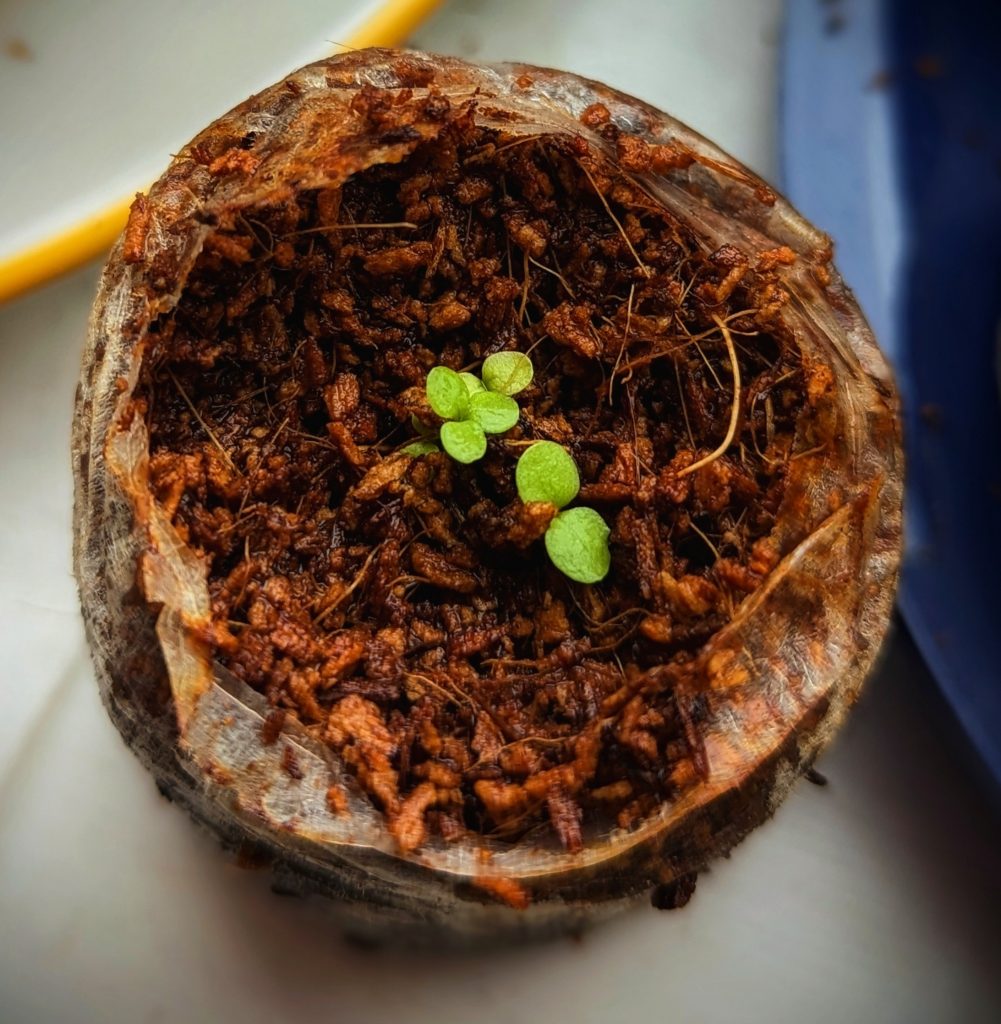
What Does Hardening Off Mean?
Plants raised indoors or in a greenhouse environment, need to be acclimatised to cooler temperatures and increased air movement for about two to three weeks before they are planted outdoors permanently. This is a ‘toughening up’ practice to prepare the plants for their new environment.
How to Harden Off
Place your plants out for a couple of hours in a shady part of the garden. The next day, leave them out again for two hours, but this time allow the plants an hour of direct sunshine in the morning. Gradually continue to increase the length of time the plants are in direct sunshine over the course of roughly two weeks.
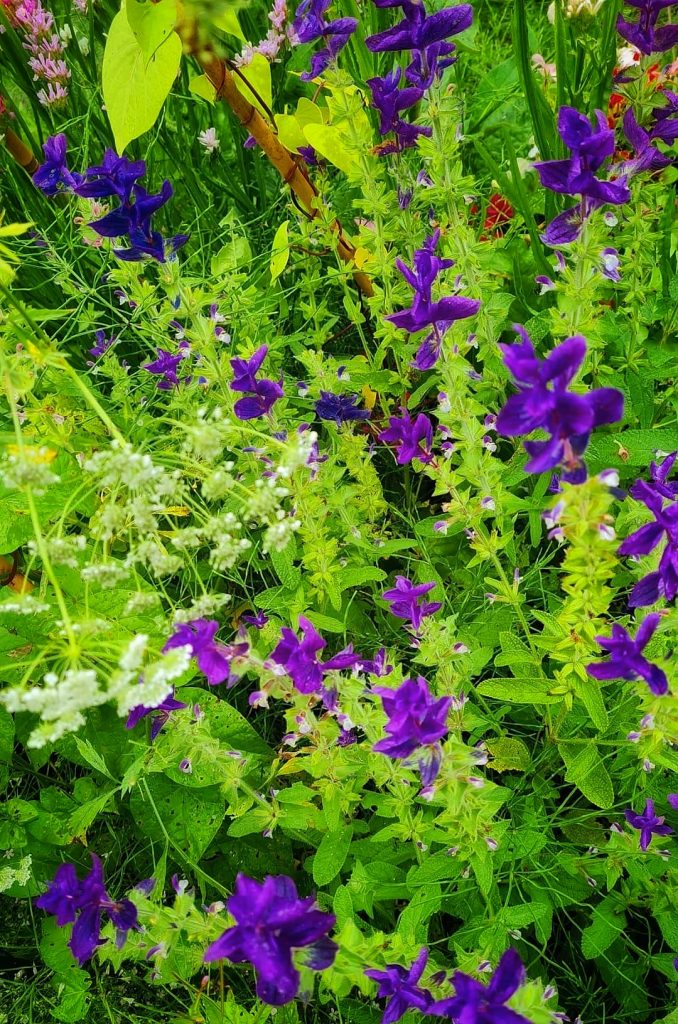
When To Sow Salvia Viridis Seeds Outdoors
- Direct sow Salvia seeds outdoors from April to May once the soil has warmed up.
- Choose a sunny or part shade spot and rake the soil to a fine tilth
- Sow Seeds thinly at a depth of 1/4 inch in drills around 20 cm apart. Water and wait
- Seedlings should appear within 14-21 days
- When the seedlings are large enough to handle, thin out to 20 cm apart
Where to Grow Salvia Viridis
Plant Salvia in a Sunny or partial shaded spot in well draining soil
Salvia Viridis Water Requirements
Water well once a week, more so during periods of drought
Prolong Blooming!
Deadhead spent blooms to prolong flowering, for blooms all summer long!
Will Salvia Viridis Self Seed ?
They will! So allow a handful of your plants to develop seed heads to encourage self-seeding around the garden.
Looking For More Flower Growing Posts?
Looking To Grow A Vegetable Garden?
Looking For more ‘Homely’ Inspo ?
Have a Nosey Around the Blog! See what i’ve been Baking, Growing and Drinking! Also, pop over and say Hi on Instagram
*Any specific health claim or nutritional claims or information provided on the Website are for informational purposes only. Nothing on the Website is offered or intended to be a substitute for professional medical, health, or nutritional advice, diagnosis, or treatment. This Website is not intended to diagnose, treat, cure or prevent any disease. You assume full responsibility for consulting a qualified health professional regarding health conditions or concerns.

